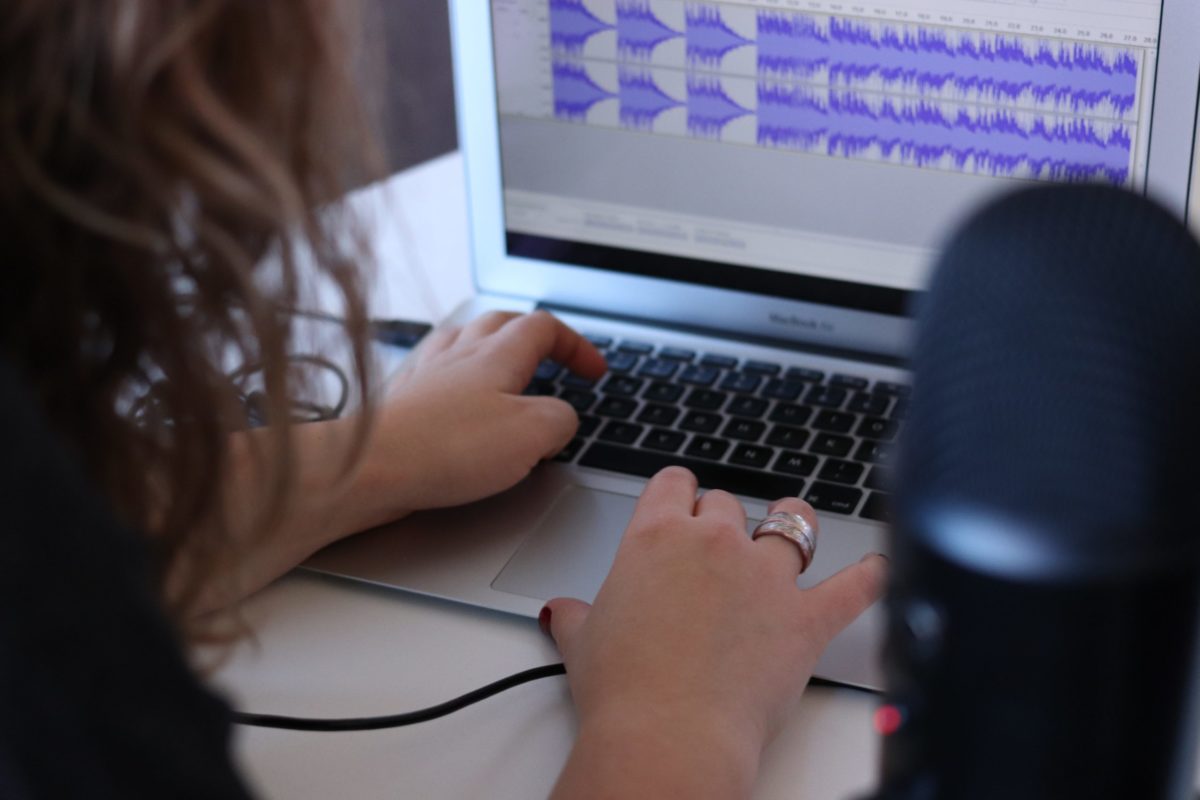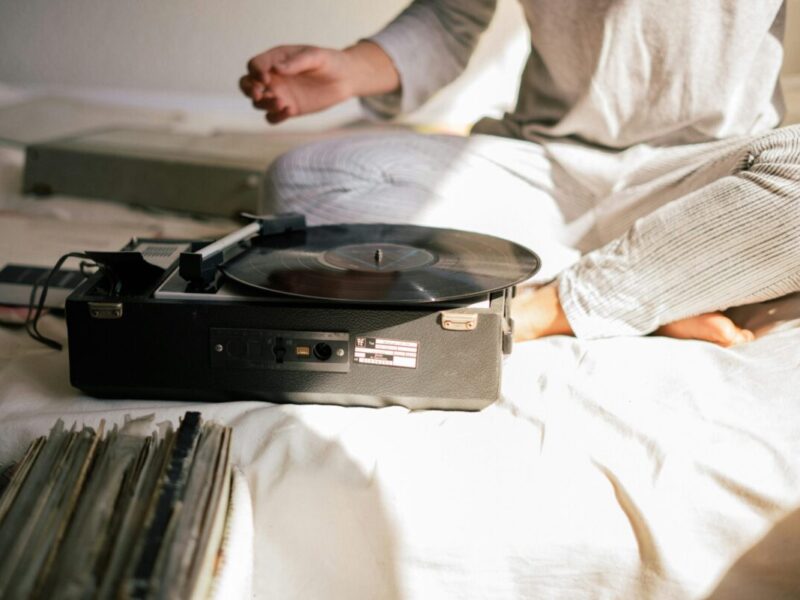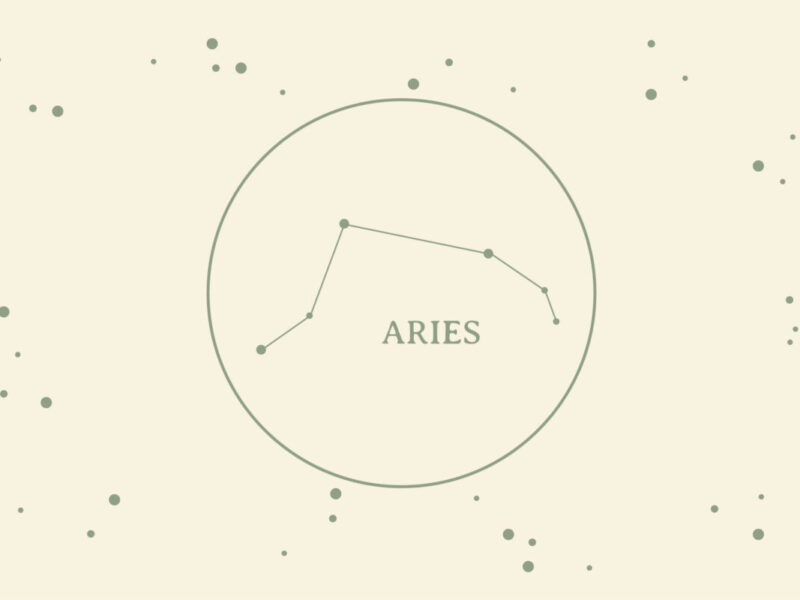When I think of reading poetry, I think of Norton anthologies, print literary magazines, and clean, cream paper on black-and-white ink. Traditional forms of poetry are wonderful, and I will always enjoy reading poetry this way.
But it is the 21st century, and technology is beaming with so many creative ways to integrate poetry with multimedia elements. Combining these forms of media with poetry not only reaches a wider audience, but it also captivates readers in ways that are familiar to them. This is poetry meant for the phone, computer, or television screen. This is poetry that reaches readers with many classic art forms and creates modern masterpieces.
Below are five ways to make your poetry shine on Instagram, YouTube, Tumblr, or any social media platform.
AUDIO
Reading is a solitary and imaginative experience, and I enjoy experiencing it alone. But when I hear a poetic voice that captures my interest, listening can become just as pleasurable as reading.
Kai Carlson-Wee is an author who writes beautiful poetry. He documents his travels taking photographs and videos and turning his adventures into films. I remember reading his poem, “Thresher,” and being inspired by the lyrical descriptions of the setting. Later, when I heard this same poem read out loud with the tune of a melancholy fiddle, I connected to the poem in a more visceral way. “Thresher” received a runner-up award for the 2015 Miller Audio Prize and is a great example of combining multimedia elements to create a poetic masterpiece. Here are Kai’s insights about “breaking your poetry free from the page.”
To create intimacy with your readers and to transform your poetry with sound, I recommend starting with Audacity or GarageBand as they are the best beginner applications for recording audio.
PHOTOGRAPHY
They say the art of photography captures 1,000 words in a single image. And when that gorgeous image is complimented with poetry, you’re bound to steal the attention of anyone quickly swiping on Instagram.
Tyler Knott is a seasoned photographer whose romantic and inspirational nature images I scroll through when I’m on Instagram. You can use his poetry and pictures as motivation to go outside and find a rose, a hummingbird, or find a landscape that could inspire your next post. Or vice versa: you could shoot the photo first and then free-write a poem.
You can also take pictures in the style of flat lay photography. Flat lay photos are named that way because the photographer was looking at the object from above, and as a result, the image looks flat, like this. This kind of technique works best for Instagram.
VIDEO
Poetry began as an oral and musical tradition, and with advanced video and audio technology, it makes sense that poetry is heading back to its oral roots but in modern forms of communication: telling multimedia stories, inspiring political action, and appearing on music videos. And of course, poetry compliments short films really well on YouTube: Check out this poetry channel for inspiration.
Many YouTube influencers have claimed that video is the future because it creates an immersive experience that combines so many multimedia elements: Viewers could even engage in virtual reality. Nowadays, so many social media platforms have embraced video: even ones that were dominant in pictures or text such as Twitter and Instagram.
With so many technological advances and an inundation of apps, it’s normal to feel overwhelmed by making videos. Start small with a simpler application such as iMovie: It’s free for Mac users. You can also use YouTube Studio to make easy edits to your videos.
CINEMEGRAPHS
Cinemegraphs are a really cool way of making your poetry stand out on Instagram. They are a marriage of image and video and make a still photo come to life using visual effects. According to Flixel, “They contain subtle motion that plays in a short, never-ending loop, while the rest of the image remains still. The motion highlights a few seconds from the video, blending it seamlessly into the still photo.”
Make your poems sparkle by grabbing small electric lights and adding a moving effect using the Vimage app. For a stunning example of this, check out this poetry post by wildflower.musings.
ANIMATION
Animation has evolved throughout the years, from stop motion animation to Pixar. Animation stirs nostalgic feelings of childhood in the viewer, but it can also be serious artwork dealing with complex themes.
Animation and poetry can become a unique experience for the viewer when they amplify the words in an unforgettable way. A perfect example of this is the animated feature The Prophet. The film is an adaptation of Lebanese-American author Kahlil Gibran’s well-known poetry book of the same name, and while it tells a story, the film is also structured into poetic segments narrated by Liam Neeson.
Of course, you don’t have to be a Hollywood actor to make a short animated film or video. You can collaborate with someone who has the talent to draw, and submit your animated poetry to Moving Poems, “an ongoing anthology of the best poetry videos from around the web.” Here is an animated short of a poem from Citizen: An American Lyric, Claudia Rankine’s celebrated book. This short was made by a student.
Every medium, whether traditional or modern, has its limitations—its pros and cons for art. While I will always prefer print and tangible books to experience poetry, experimenting with multimedia elements is a fun and innovative way to share poetry. I hope my article has inspired you to break beyond the limits of the page and embrace poetry that speaks to our technological age.




